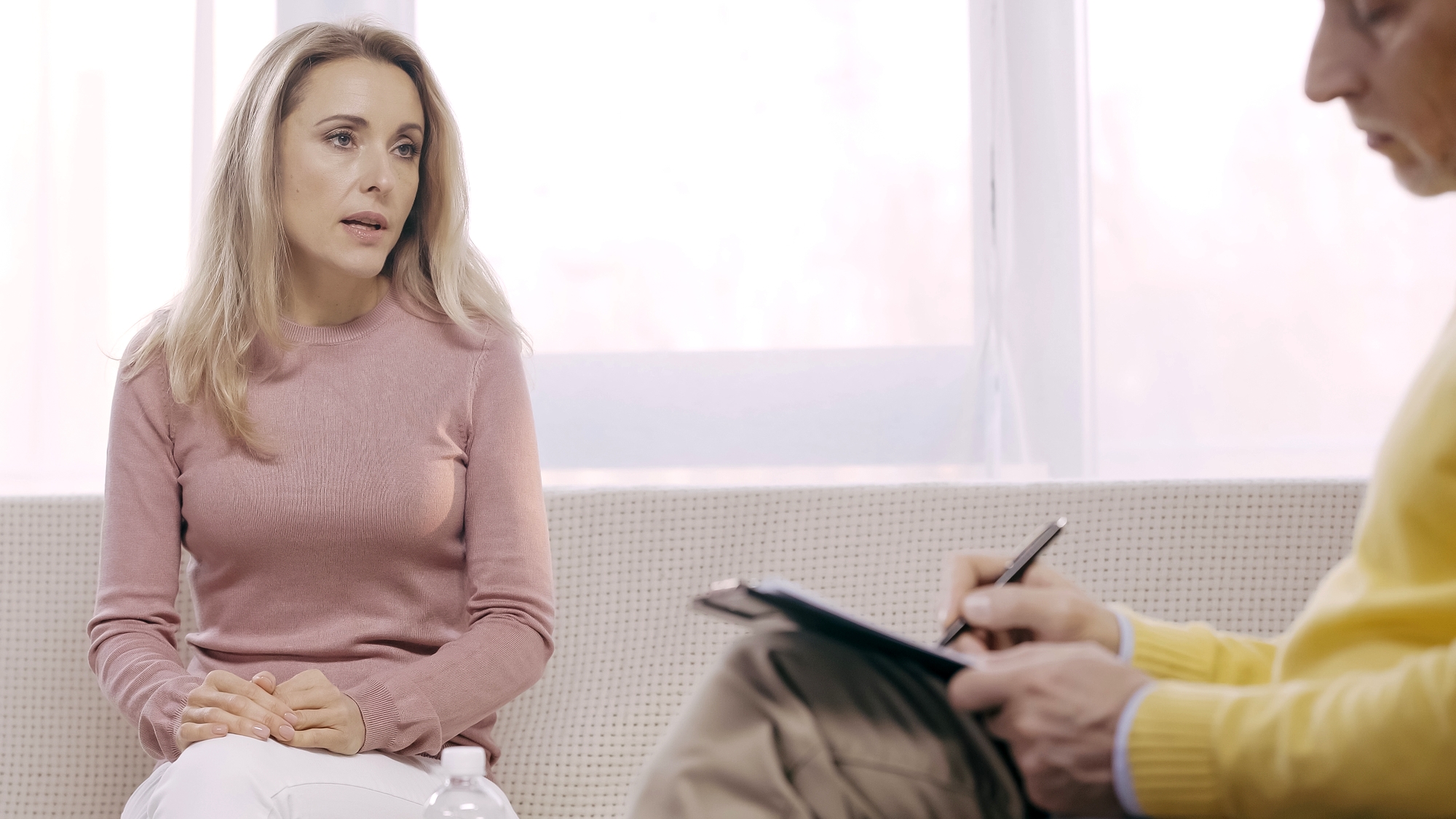Are you a closed book?

If you struggle to open up to people, don’t worry – you’re not alone!
Being open and honest can seem almost impossible at times, and that level of vulnerability might not feel like an option for you right now.
You may find it difficult to get to know people or avoid social interactions altogether because you’re not sure how to bond and connect with someone.
We’ve got some effective tips on how to open up more if you want to begin to let your guard down.
1. Choose the right person.

One of the reasons so many of us have trouble opening up to someone is because we’ve been hurt in the past.
We may have confided a secret in someone who betrayed us, or admitted feelings to someone who then rejected us.
Whatever your past experience, it’s important to open up to the right person this time round.
Find someone you love and trust and ease yourself in that way.
Make sure you’re sharing appropriately – while your best friend might want to hear about your relationship issues, your dad might not.
2. Give it a trial run.

You don’t need to confess your deepest, darkest thoughts to a stranger, but you can ease yourself in.
Confide something small and unimportant in someone you trust. Make sure it’s not anything very personal or raw – you want to just practice sharing a secret with someone or talking about your feelings.
You should start with small details and build up from there each time you open up to someone.
Some people rush in and splurge their biggest secret to someone, only to feel anxious that that person might tell others what you’ve said or embarrass you by using it against you.
Instead of doing this, start small and you won’t feel as though you have anything to lose.
The more you share small things, the closer you’ll start to feel to people and the more you’ll let them in.
3. Find common ground.

If you’re not sure how to open up to someone, start by finding some common ground.
This is a great way to start off a friendship, or relationship, and will help you both feel at ease with each other.
You’ll be on the same level as each other and you’ll start to feel interesting and more confident as you get to know each other.
Talking about things you both care about will help you get used to talking about yourself, and you’ll be well on the way to being more emotionally open too.
4. Get them to open up first.

If you’re trying to gauge the vibe and build up some trust, ask them about themselves first.
When you’re worried about opening up, you might think that everyone else shares the same fear.
But many people don’t have an issue with opening up, so you can happily ask them something personal, knowing that they’ll probably respond.
Them sharing their thoughts and feelings with you will help you establish a trusting relationship, and make you feel more comfortable opening up to them in return.
5. Talk passionately.

Talking about things you’re genuinely interested in makes such a difference to how willing you are to open up.
You don’t need to launch into sharing your childhood trauma in order to form an emotional connection with someone. Instead, talk openly about how much you love yoga, or football, for example.
Your passion will come through and people will engage with that so much that you won’t even remember why you were so nervous to start talking in the first place!
6. Be authentic.

You don’t need to share every tiny detail of your thoughts or feelings in order to be authentic, you just need to be honest and not lie.
By staying true to yourself, you’ll show a genuine side of your personality to someone. This will help them feel more connected with you (they’ll know when you’re being truthful and will warm to it).
It also means that you don’t need to worry about keeping up with any lies you’ve told in the past.
Some people panic when talking about themselves, and make things up to sound more interesting, or to cover up certain things they feel.
It can then be difficult to remember what version of a story you’ve told to who, and you risk coming off as dishonest by accident.
Instead, stick to the truth and be yourself – they’ll want to get to know the real you. If they don’t, they’re not worth your time anyway.
7. Write it down first.

Journalling first can help you process how you’re feeling and what you want to say.
It can help you be more eloquent in your explanations and figure out the best ways to phrase things.
It can also help you get over any embarrassment you have around the issue, as you’ll be used to ‘talking’ about it by the time you say it out loud.
8. Get used to being vulnerable.

If you really struggle with the concept of being embarrassed or ashamed or fully truthful with someone, it’s probably due to a fear of vulnerability.
You don’t want to feel bad, you don’t want to be betrayed, and you don’t want to be rejected.
This can hold you back from opening up and you may avoid making genuine connections.
Try doing other things to get out of your comfort zone, like taking a public dance class, even if you think you’ll hate it, or pushing yourself to chat to a stranger, even if you’re feeling a bit shy.
The knowledge that you’ve overcome your fear will help you feel more confident and like you can tackle anything – including opening up about yourself.
9. Open up physically.

We can get so used to shying away from vulnerability that we start to shrink ourselves physically too.
Your body language might shift during an intense conversation, or you might be closing yourself off by literally armoring your body with your arms or by holding a cushion in front of yourself, for example.
If you’ve noticed that you tend to use your body language to speak for you in this type of situation, it’s worth making a change here.
It sounds silly and like it won’t make much of a difference, but sometimes we need to change outwardly in order to change inwardly.
Open your body up more, uncross your arms and point your feet toward whoever you’re talking to.
These small, subtle changes will make them feel more open as they’ll notice that you’re more engaged with them – the more they open up, the more likely you’ll be to follow suit.
10. Positive reinforcement.

It might sound silly, but it’s important to celebrate the small wins! By reminding yourself how far you’ve come each time you take a step forward, you’ll start to have more confidence in yourself and your abilities.
Buy yourself a small treat as a reward, or journal how you’re feeling so that you can have a constant reminder of how much progress you’ve made.
If you’ve got a few understanding friends who know how hard it is for you to open up, you can share your successes with them too.
11. Keep going.

One of the best ways to make anything a healthy habit is to do it regularly.
Sadly, learning to open up isn’t a one-time, quick-fix kind of thing. Keep going with it, keep sharing your thoughts and feelings, and keep adjusting your approach as you move forwards.
You’ll continue to get more comfortable sharing with other people, and, the more you do it, the easier it will become for you.
You’ll get to the stage where you don’t need to psych yourself up or plan ahead – it’ll just come naturally to you and you won’t even think about it afterwards.
12. Discover the issue.

If you’re still really struggling and you’ve been putting yourself out there as much as you can, you may need to address an underlying issue.
There may be an emotional ‘blockage’ that is stopping you from fully sharing yourself with someone, such as childhood trauma or intense romantic rejection.
Do not dismiss these experiences as they can have a huge impact on how we behave, even years down the line.
If you’ve let yourself be vulnerable before and been rejected, or have been in toxic and unhealthy friendships and relationships, you may need professional help to move past these issues.
It’s okay to admit that you would like some help and it’s a sign of maturity and growth to look outside yourself for support. A therapist or counselor can help you learn how to let down your guard a little bit and provide tools to help you feel confident and safe doing so.









